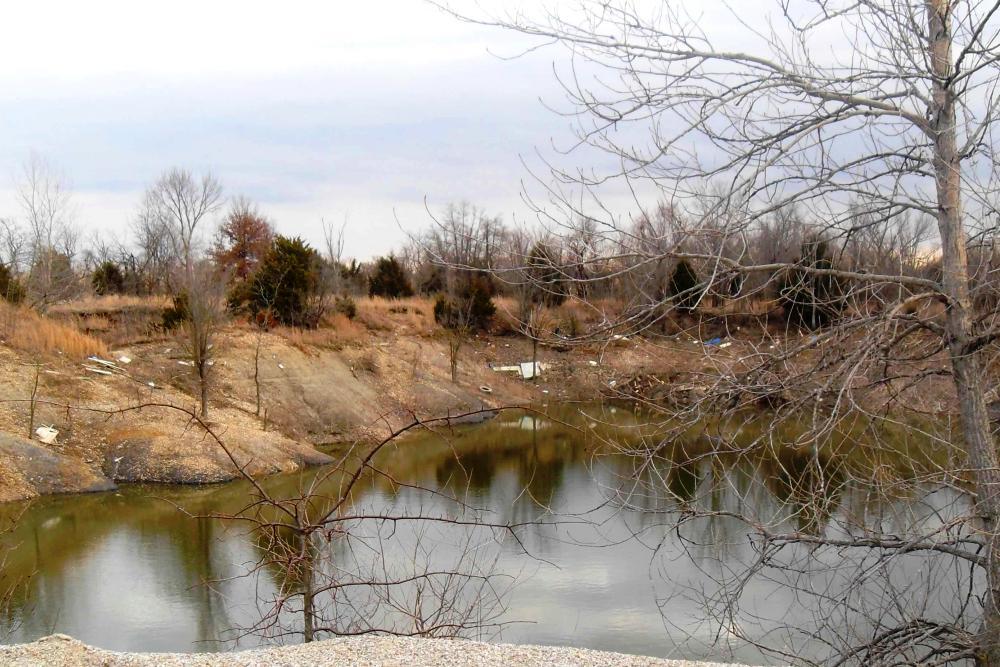State leaders, Quapaw Tribe members and the Environment Protection Agency (EPA) are collaborating to handle remediation work at the Tar Creek Superfund site in northeastern Oklahoma, recently touring the area during a Tulsa conference.
The 2017 Tribal Lands and Environment Forum (TLEF) in Tulsa featured training, field trips and work sessions on current challenges, according to its sponsor, Institute for Tribal Environmental Professionals (ITEP).
Superfund sites are lands classified as contaminated by hazardous waste; considered to place human or environmental health at risk, and identified by the EPA as candidates for cleanup.
Tar Creek, formerly a lead and zinc mine in Oklahoma’s Ottawa County, was declared a superfund site in 1983 and ranks among the nation’s oldest. The EPA has partnered with tribal members, state officials and the Oklahoma Department of Environmental Quality to address the property.
"People from all across the country count on the Superfund program to address pollution and revitalize their communities," Albert "Kell" Kelley, who serves as senior advisor to EPA Administrator Scott Pruitt, said in a press release. "Tar Creek cleanup is an excellent example of how the program should work. State and local partners, Tribal partners, and EPA — all [are] working together year-after-year to address historical pollution at this mega-site. It's cooperative federalism working at its best."
Superfund cleanups have been documented as reducing birth defects in the surrounding population; additionally, the land is often repurposed for the benefit of local inhabitants, creating jobs in the process.


 Alerts Sign-up
Alerts Sign-up